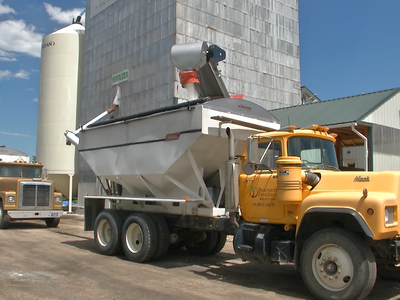Battling Superweeds
In the late 1990s, farmers in the Southeast began planting Roundup Ready cotton -- genetically engineered by Monsanto to withstand heavy doses of the herbicide. Roundup. As a result, use of Roundup exploded -- and the farmers enjoyed weedless fields of mono-cropped cotton. But after a point, something funny happened -- certain weeds began to survive the Roundup dousings.
These "superweeds" had somehow gained Roundup resistance themselves and the Arkansas Agricultural Extension Service called in a scientist from the England to study the matter. His report was not encouraging. "We may expect the current weed resistance problems could be the tip of the iceberg," he said.
The problem stems from planting the same crops year after year in the same field, and dousing those fields several times each year with the same herbicide. According to agricultural scientists everywhere, the problem is growing.














